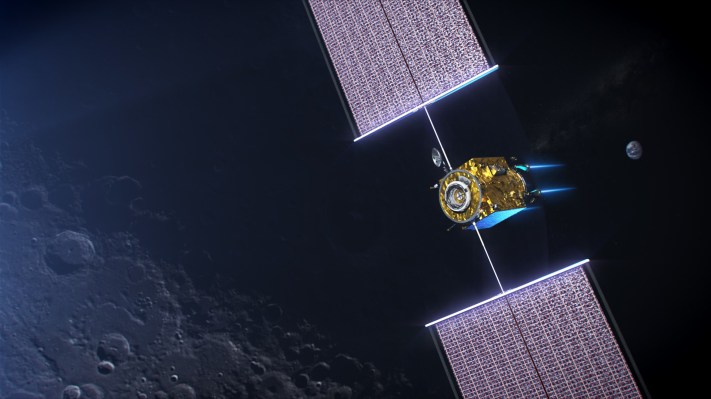NASA’s ambitious plan to return to the moon may cost as much as $30 billion over the next five years, the agency’s administrator, Jim Bridenstine, indicated in an interview this week. This is only a ballpark figure, but it’s the first all-inclusive one we’ve seen and, despite being a large amount of money, is lower than some might have guessed.
Bridenstine floated the figure in an interview with CNN, suggesting that the agency would need somewhere between $20 billion and $30 billion for the purpose of returning to the surface of the Moon. Anything beyond that, such as fleshing out the Lunar Gateway or establishing a persistent presence, would incur additional costs.
To put this figure in perspective, NASA’s annual budget is about $20 billion, very little compared to many other agencies and budget items in the federal government. The speculated additional costs would average $4-6 billion per year, though spending may not be so consistent. NASA only asked for an additional $1.6 billion for the upcoming year, for instance.
The idea that this return to the Moon could cost the same in 2019 dollars as Apollo cost in 1960s dollars (about $30 billion) may be surprising to some. But of course we are not inventing crewed interplanetary travel from scratch this time around. Billions have already been invested in the technologies and infrastructure underpinning the Artemis mission, both flight-proven and recently developed.
In addition to that, Bridenstine is likely counting on the cost savings NASA will see by partnering with commercial aerospace concerns far more extensively than in previous missions of this scale. Cost-sharing, co-development and use of commercial services rather than internal ones will likely save billions.
A secondary goal, Bridenstine told CNN, was “to make sure that we’re not cannibalizing parts of NASA to fund the Artemis program.” So sucking money out of other missions, or co-opting tech or parts from other projects, isn’t an option.
Whether Congress will approve the money is an open question. More concerning is the fundamental timeline of technology development and deployment over the next five years. Even with billions at its disposal, NASA may find that a mission to the lunar surface simply isn’t feasible to complete in that duration, even if all goes according to plan. The SLS and Orion projects are over budget and have been repeatedly delayed, for instance.
Ambition and aggressive timelines are part of NASA’s DNA, however, and although they can plan for the best, you better believe their engineers and program managers are preparing for the worst as well. We’ll get there when we get there.
